
We set out early from Ypres in order to be on time for our 2:15 tour slot at Ooidonk Castle, about 65 kms away. The final destination of the day – Ghent – was only 15 kms further. The route that RideWithGPS designed for us wasn’t “as the crow flies”; it took us quite a bit to the south. We soon knew why! For almost 50 kms of the ride we were on an exceptional bike path beside the Schipdonk Canal, built in the mid 1800s to carry goods to the North Sea. Still in use, the bridges over the canal are now being raised (at considerable expense to Belgium, I’m sure) to allow room for barges carrying containers that are stacked three-high.
The bike path had very few coffee-stops (read WCs) and when we finally saw something that looked open we stopped and peered through the window. We were welcomed in by a lovely couple who were just opening their home for their bi-annual art display day. Chantal Bossuwe is the artist, and her paintings and sculptures were inspiring. We were their first guests of the day, and they gave us a good coffee and we chatted for about twenty minutes. They had bought the building, an old flax mill, a few years before and brilliantly renovated it. (Patti here: I really appreciate the Belgian and Dutch approach to design. Clean lines. Functional. Open space. Breatheable.) They had cleaned up and stabilized a large smoke stack that invading WWII Germans had blown the top off of, and a few other remnants of the mill remained, all documented with photographs. The building is next to a canal lock where the mill’s old water wheel used to be. What a charming visit we had with this pair. (But… we were thwarted in our hunt for a WC: our original intent. The coffee was good, but it didn’t help.)
With a very flat and smooth asphalt path we covered the 65 kms with over an hour to spare. The friendly person at the castle gate immediately knew we were the Canadians who had made a reservation weeks ago, and told us we were lucky to have done so because the tours only run on Sundays, and this one had been sold out for a while. She sent us on a 15 minute walk up the road to the local bakery for a snack before the tour. (ALSO, thwarted in our hunt for a WC. We’ll talk about these challenges in a future blog because they are an integral part of – and challenge of – travelling, especially when you are on foot or cycling. Not insurmountable, you just have to be, well, confident….)
The Oindonk castle was built in the 16th century and has been the home of lords and dukes of Belgium. Today, the sixth count t’Kint de Roodenbeke and his family live there. Our elderly and erudite guide took about a dozen of us (mostly Belgian) through the rooms, conducted graciously and sometimes with effort in English as it had been, apparently for her, a few years since she had been required to do that. (!!!) It was cold and damp in the castle, but everything was elegant and in pristine condition. Inlaid-wood furniture, crystal and porcelain, paintings and portraits, beds and sofas – all perfect, and of the time. The castle was a real treat in that respect. As in: so often one tours a castle/mansion, but the original furnishings are long gone, what is in place isn’t original. All of these pieces were original, and in fantastic condition. It was astounding.

After the tour we jumped on our bikes quickly, mainly to warm up with some exercise. The last 15 kms into Ghent were through upper middle class suburbs – well kept homes and properties on narrow twisty roads. A perfect ride. We checked into an enormous hotel room for two nights in downtown Ghent. It was getting late in the day so we cleaned up, dressed warmly, and set out on foot to explore and get some dinner.
We got lost a few times in the twisty streets, confused by the canals, but finally settled on a restaurant that served us traditional local fare. Kaasballetjes (cheeseballs) (sublime) , Vispannetje (meat stew), and Vol-au-vent (chicken stew) with a healthy order of frites and mayo. Perfect meal for warming up on a cool evening and we savoured sitting on the terrace, people watching.
We walked back to the hotel to rest up after a full day of travel. We still hadn’t decided whether to spend the next day in Ghent, or take the half-hour train ride to Bruges.
We opted to spend the day in Ghent. First stop in the morning was the Industrial Museum, housed in an old textile factory. The top floor featured vintage machinery from the graphics arts industry – paper presses, printing presses, typesetters, and a few ‘newer’ computer-based typesetters. John enjoyed seeing the lead typesetting equipment. In the 1980s many of the printing plants he visited still melted the lead type every day for setting newspapers, books and directories. It is thanks to the work that Roy and then John did in the graphic arts industries that we are able to afford to travel today.
The floor below had a fantastic display of textile equipment. We take textiles for granted, but they are used in just about everything, not just fabrics. The technology for processing wool, cotton and flax has advanced dramatically over many centuries, and in the last hundred years plastics have entered the domain.
We still had some time left in the morning and briefly re-considered that trip to Bruges, but the train station for that particular train was a twenty minute walk away and the train ride was agoing to be about 40 minutes, with a twenty minute walk to downtown Bruges at the end of the ride. We decided to stay put and explore more of Ghent. First – to the main square for a famous Belgian waffle, and it was good – with ice cream and chocolate sauce. (Capuccino for Patti, while the church bells rang!) The local waffle seems different to what we’re used to. It’s not just a pancake with geometry. The cake is lighter, and has a good crunch on the outside.
We walked through the two big churches downtown, (St. Bavo’s was spectacular) and then spied the popular tour boats on the main canal. Ghent is full of canals that run through the centre of town, originally built to transport goods in and out of what used to be one of Europe’s busiest early industrial age manufacturing centres. The 14th century Gravensteen castle is on the canal, and many 17th and 18th century industrial and shipping buildings. A couple of hundred years ago a larger canal was dug to accommodate increased shipping needs.
We found a very fun, small (even clandestine) courtyard restaurant – De Kunst – for dinner in the old windy-street Patershol district. The young, 40-year-old or so Dutch owner put on his father’s favourite music for us – Neil Young and Joni Mitchell. The father had taken his young family to Canada thirty years before to find Neil Young’s birthplace. Being only 8 years old at the time, our restaurant owner had fond but faint memories of Ontario. We had one of Patti’s favorite meals of the entire trip so far, it was exquisite: bean stew with pork belly. Rib eye steak for John.
Our next day, Ghent to Antwerp was going to be a fairly easy ride – 55 km – but… little did we know, we would start the day with a flat tire.
Stay tuned!

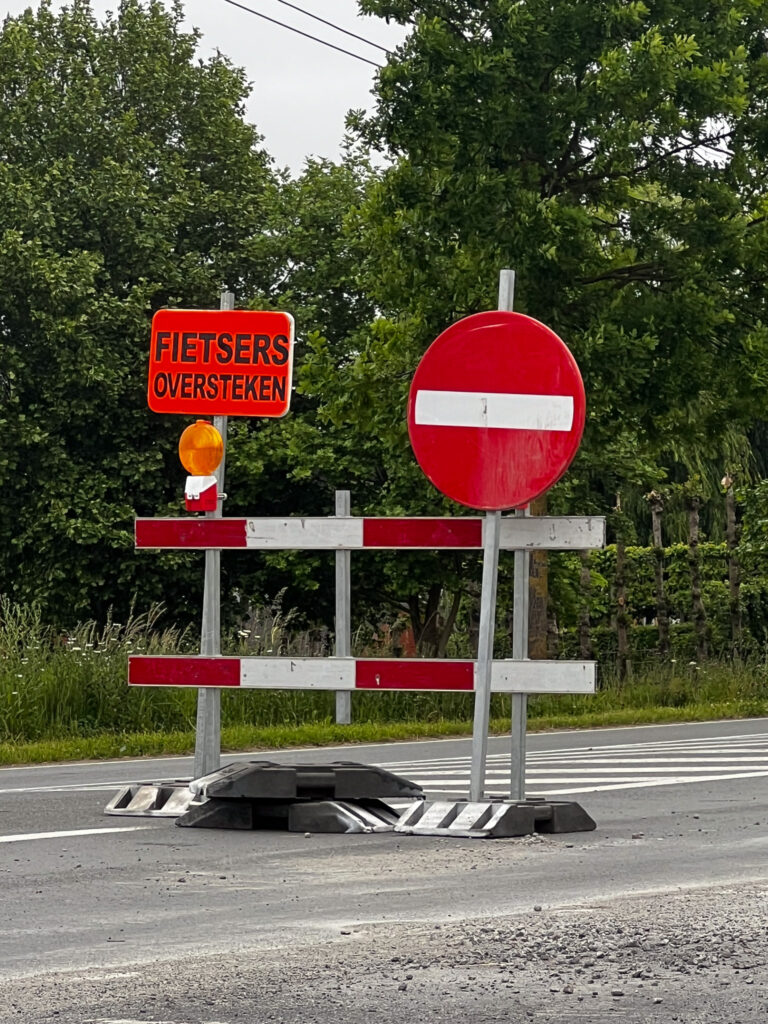
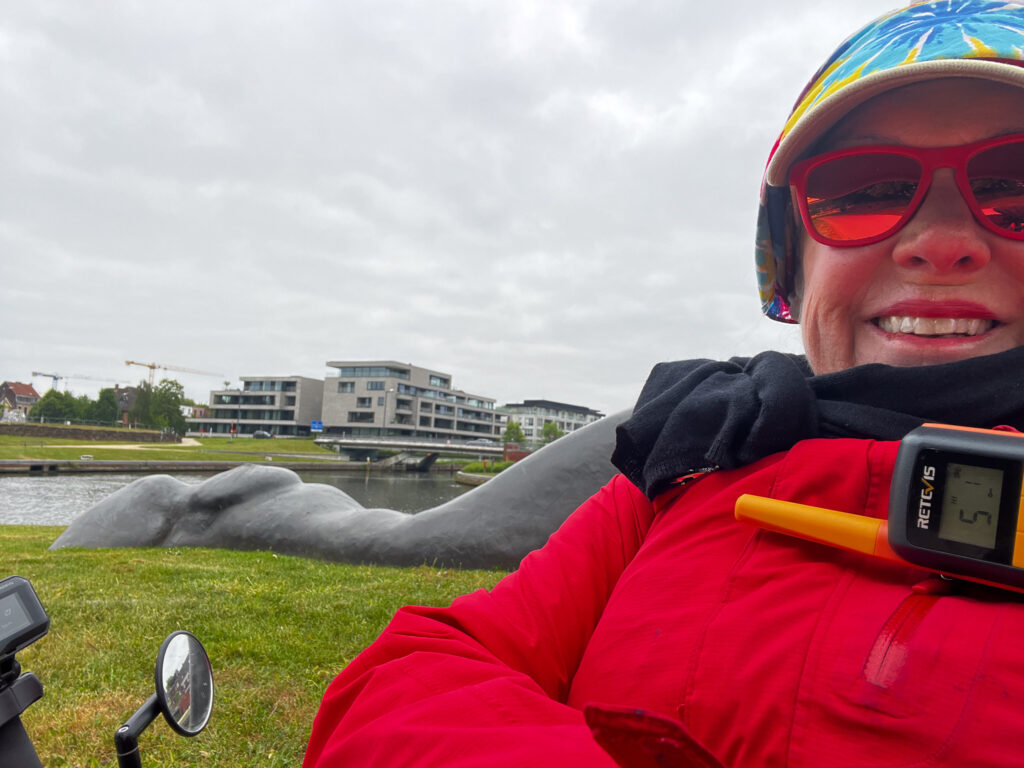
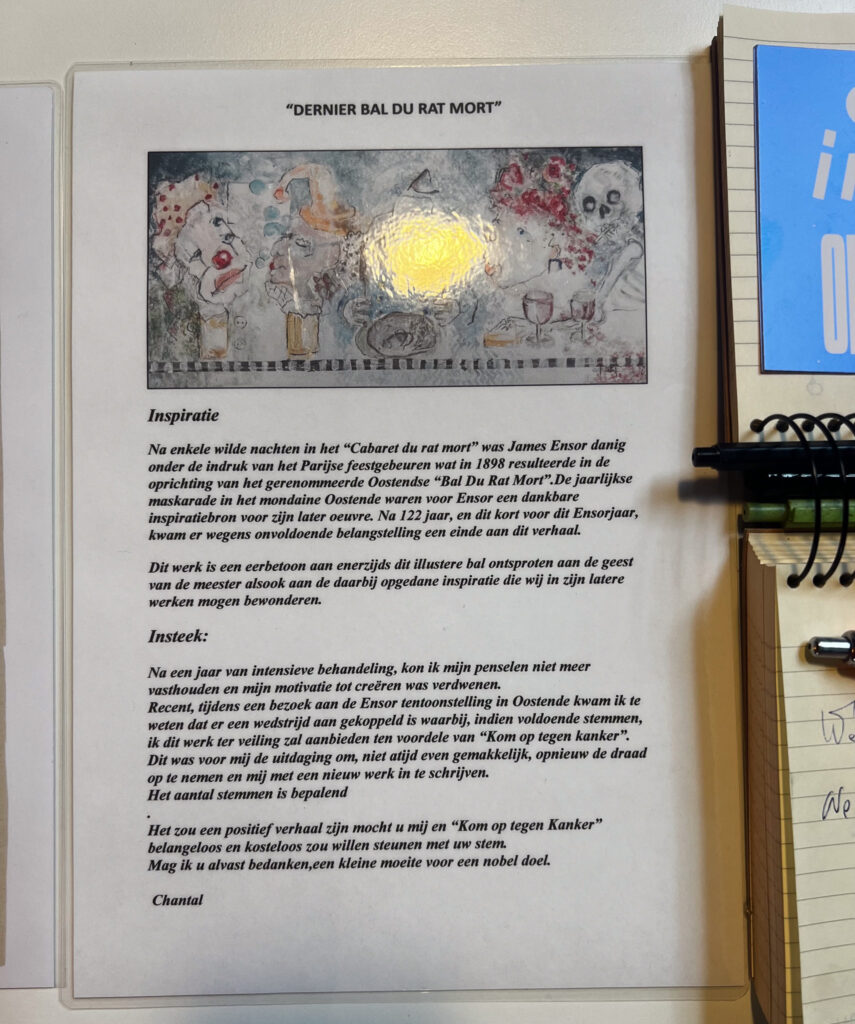




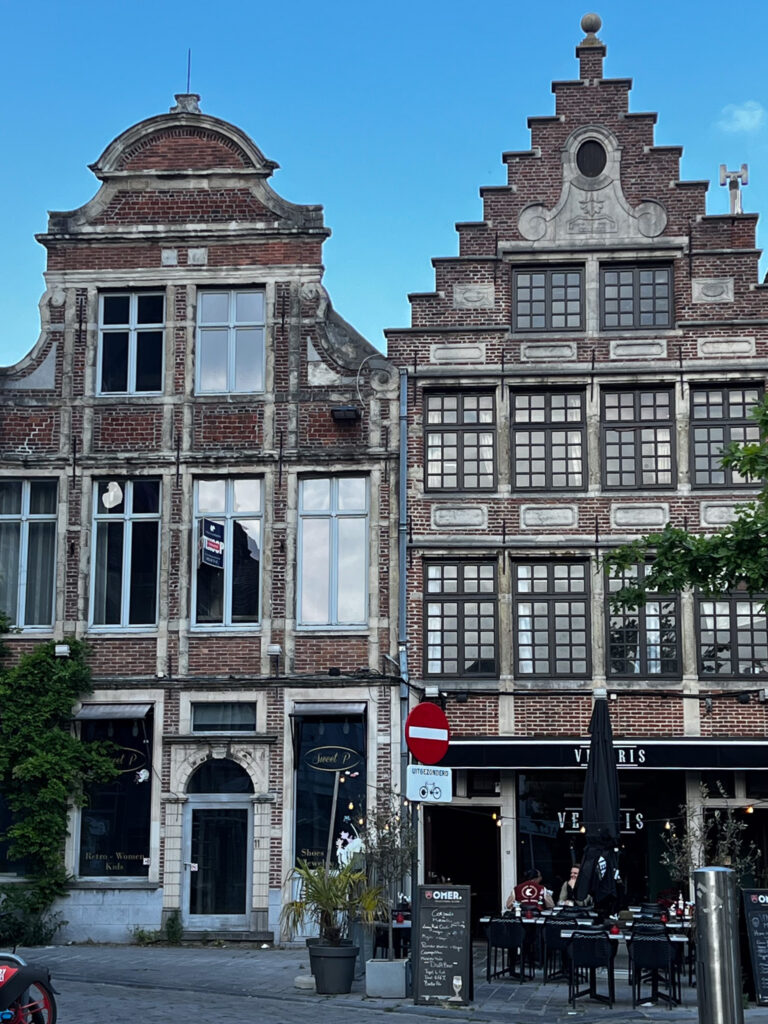

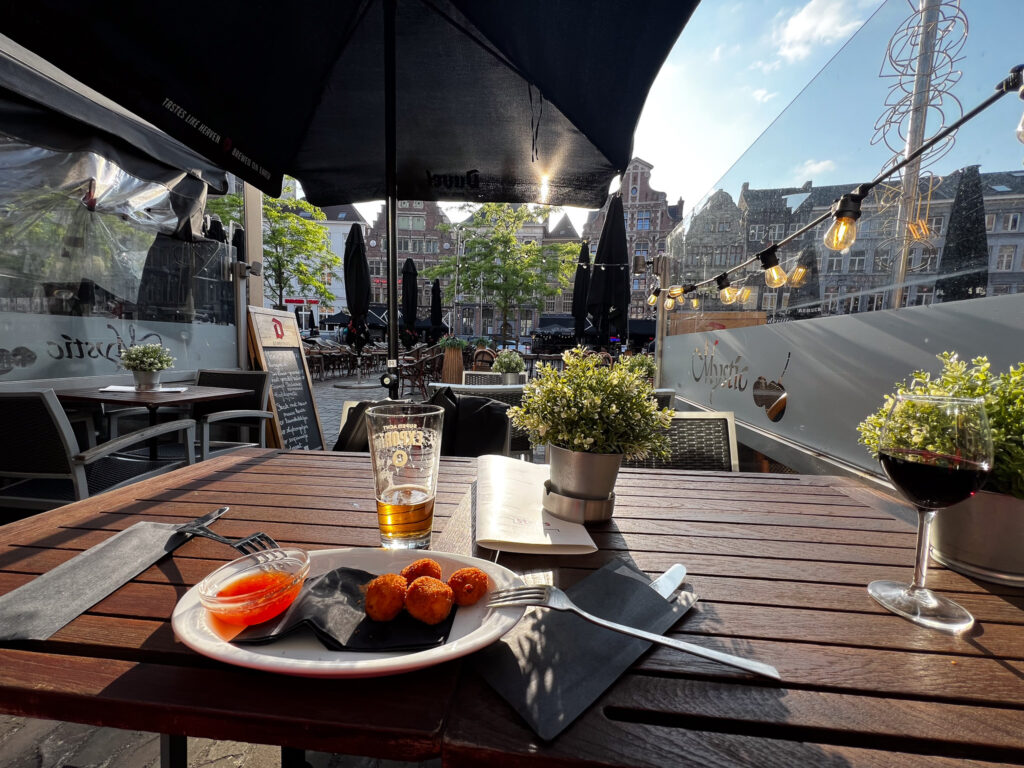
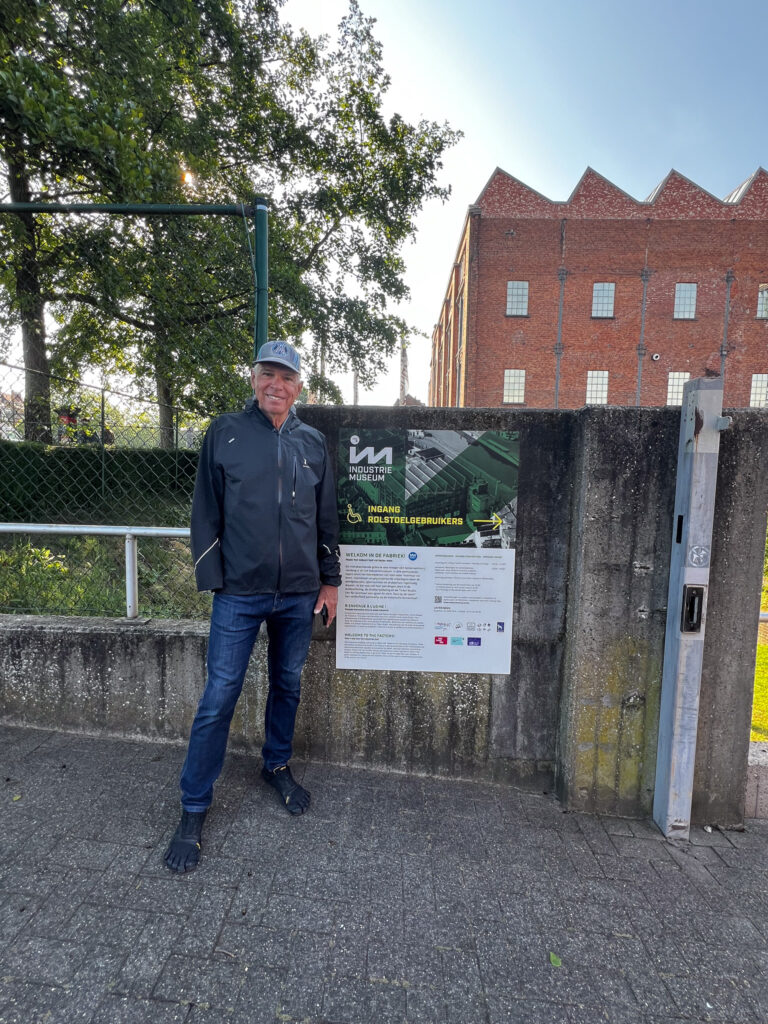
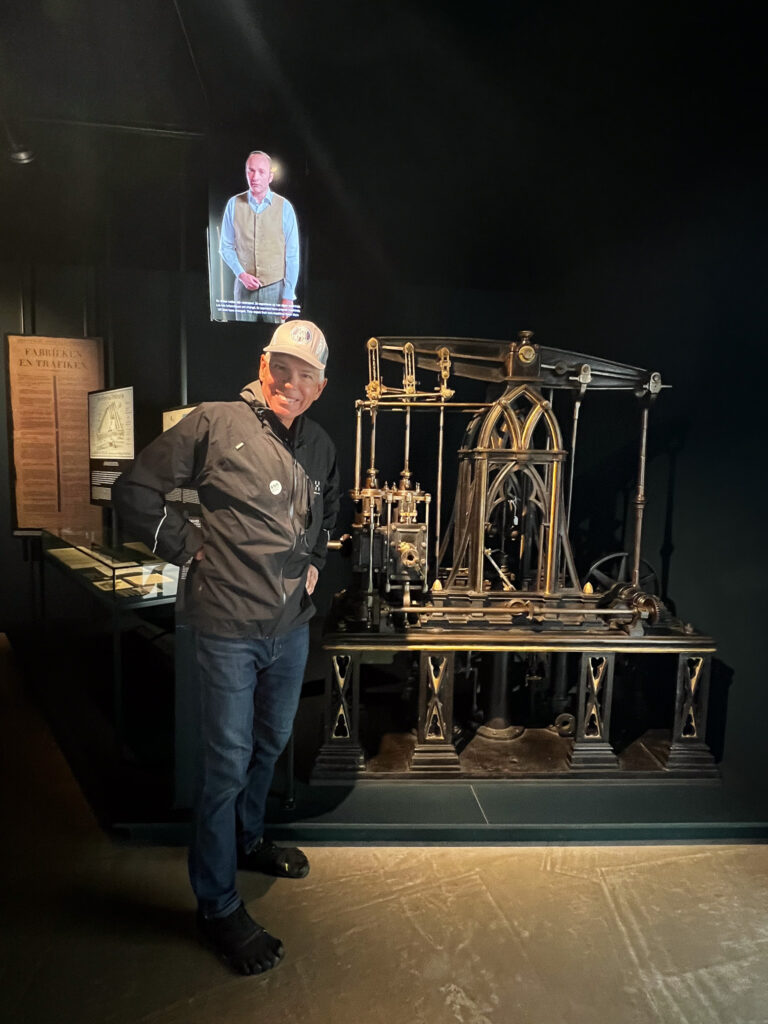

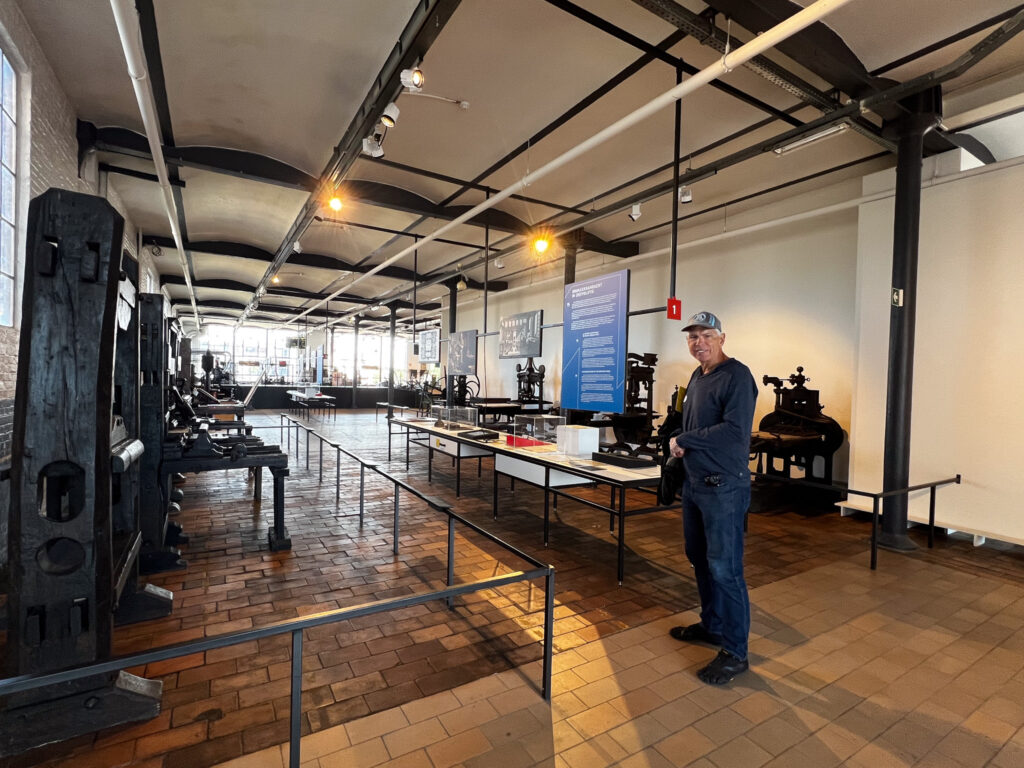
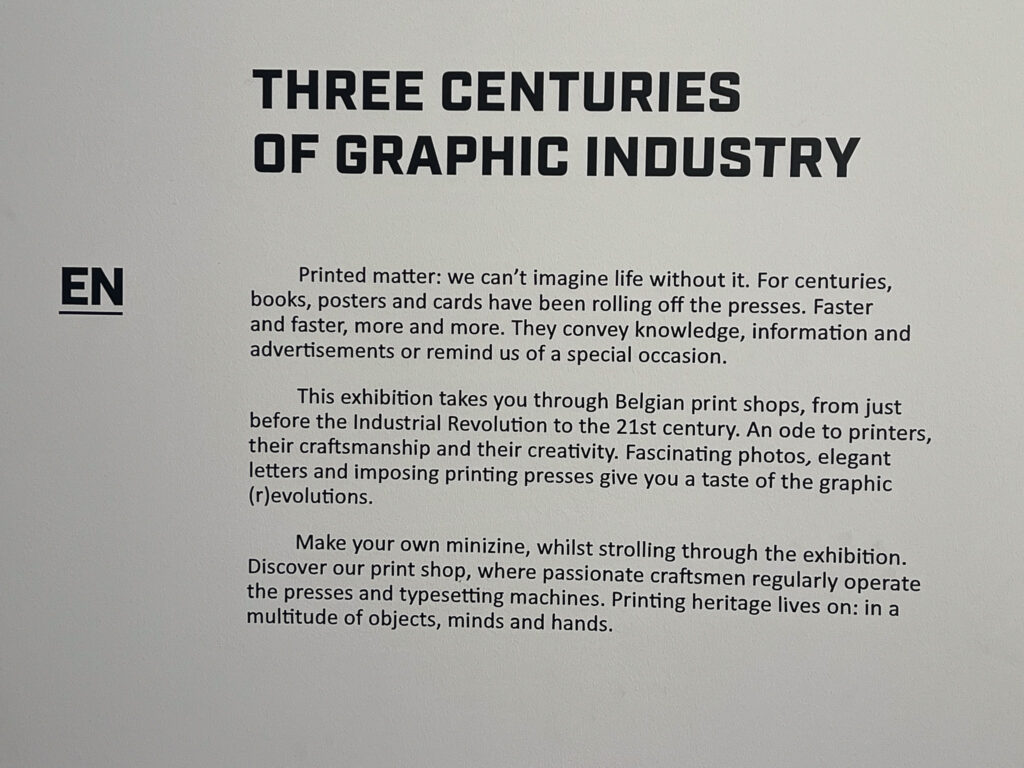
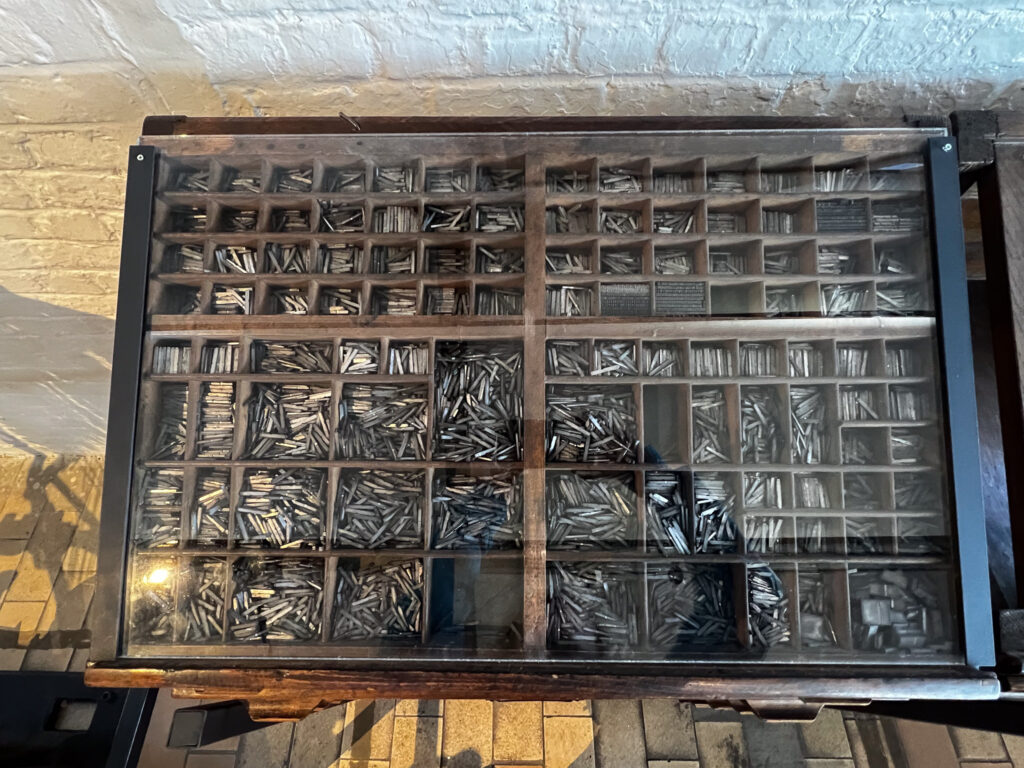
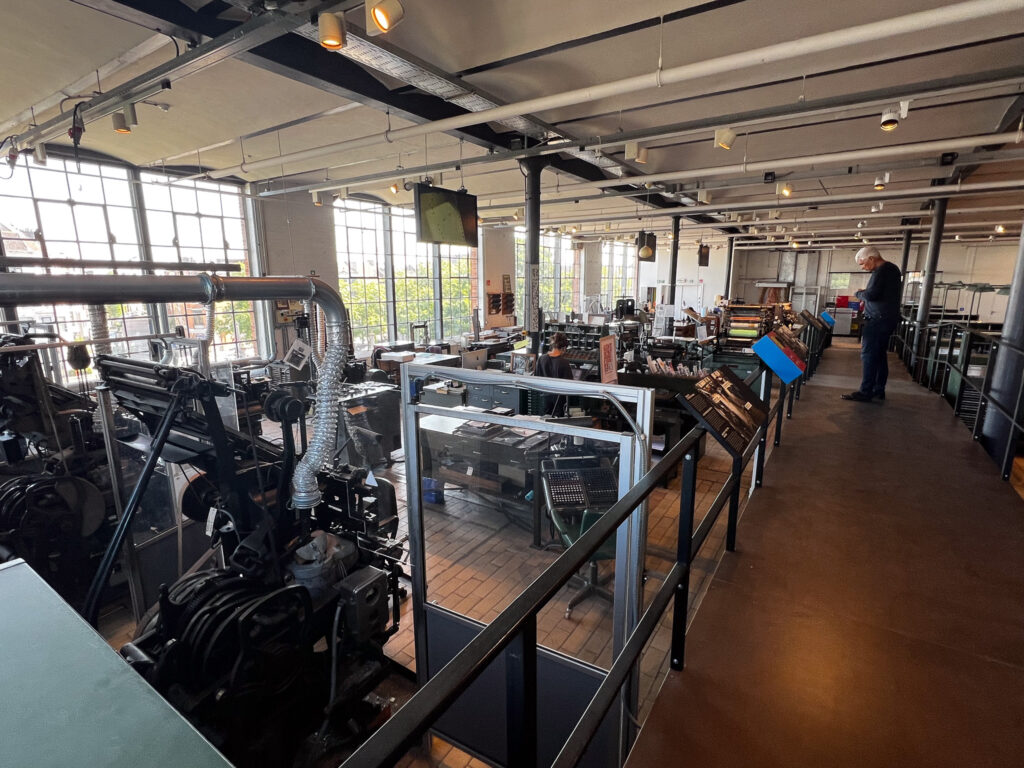

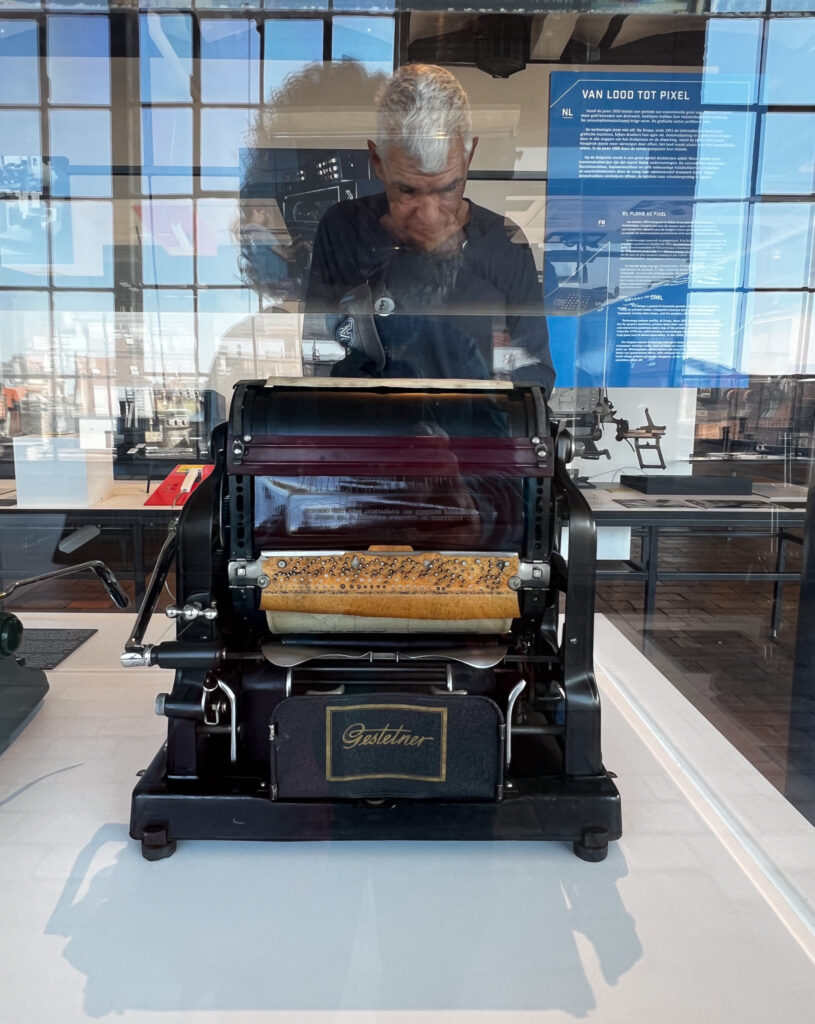

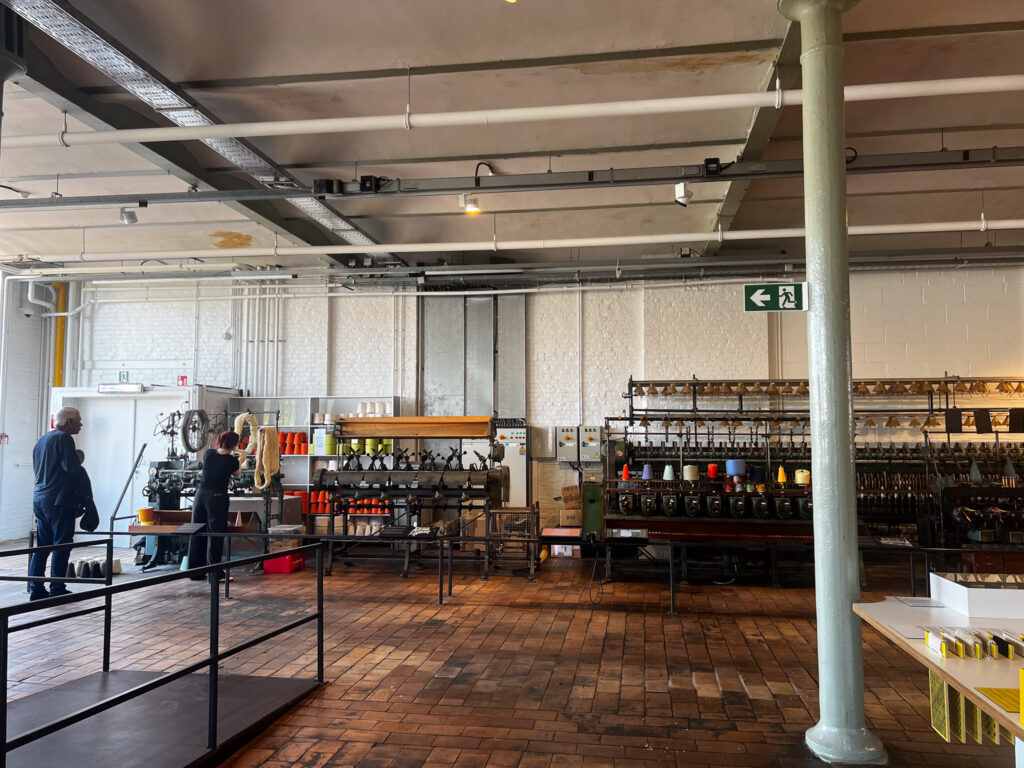
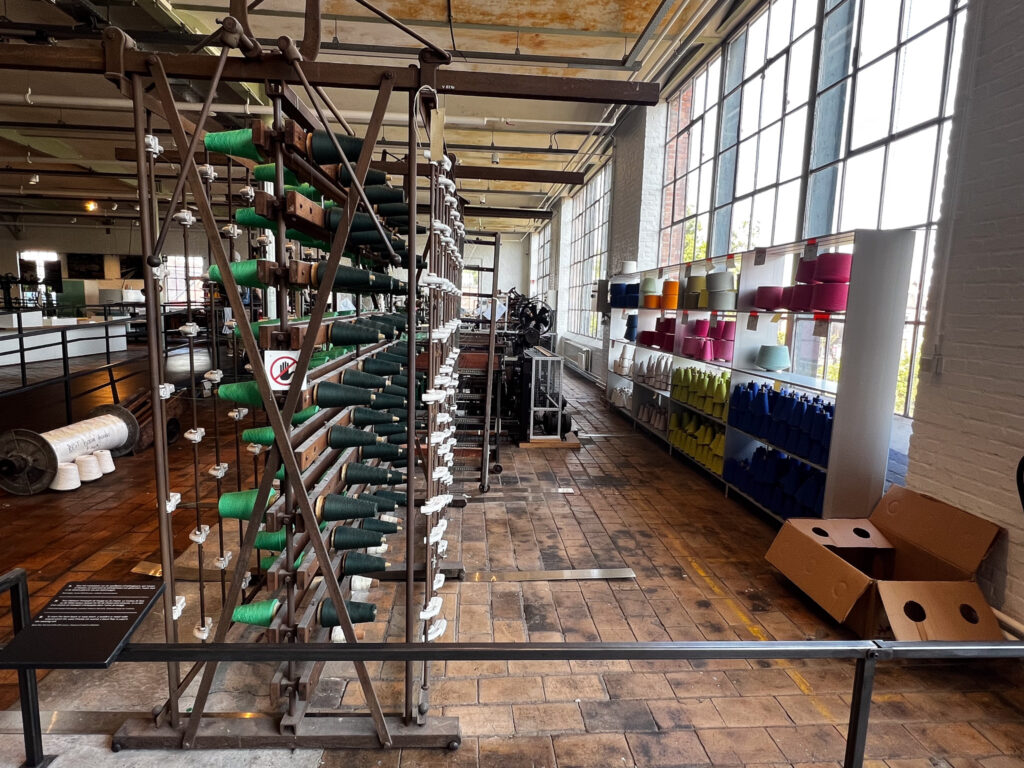
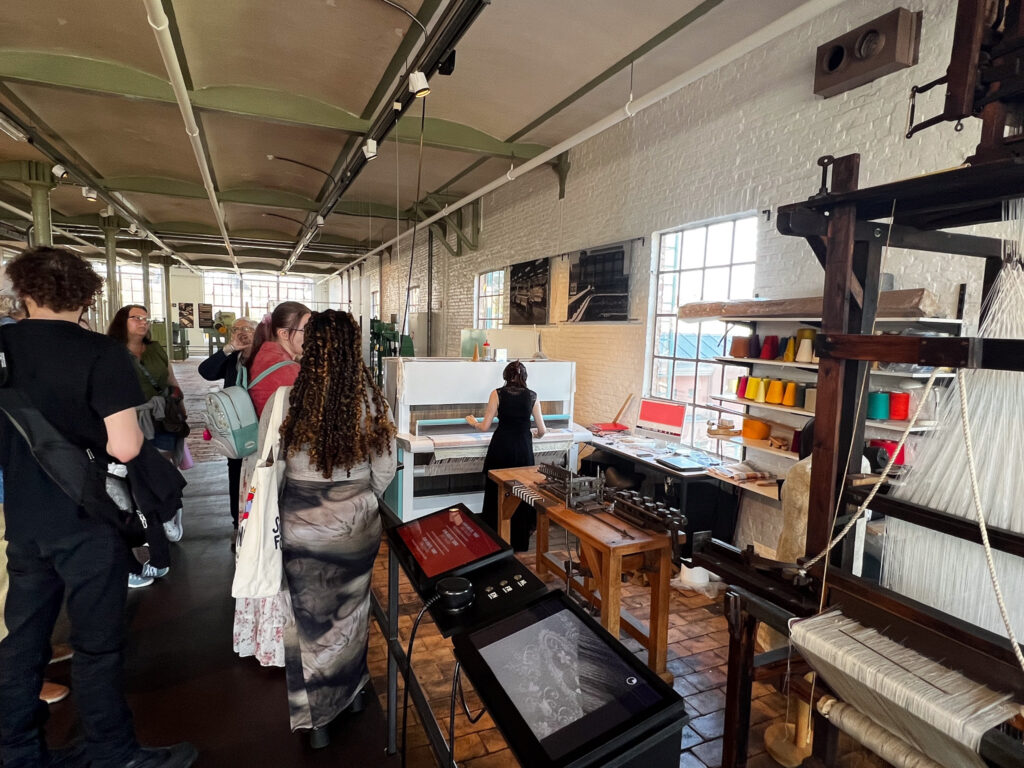
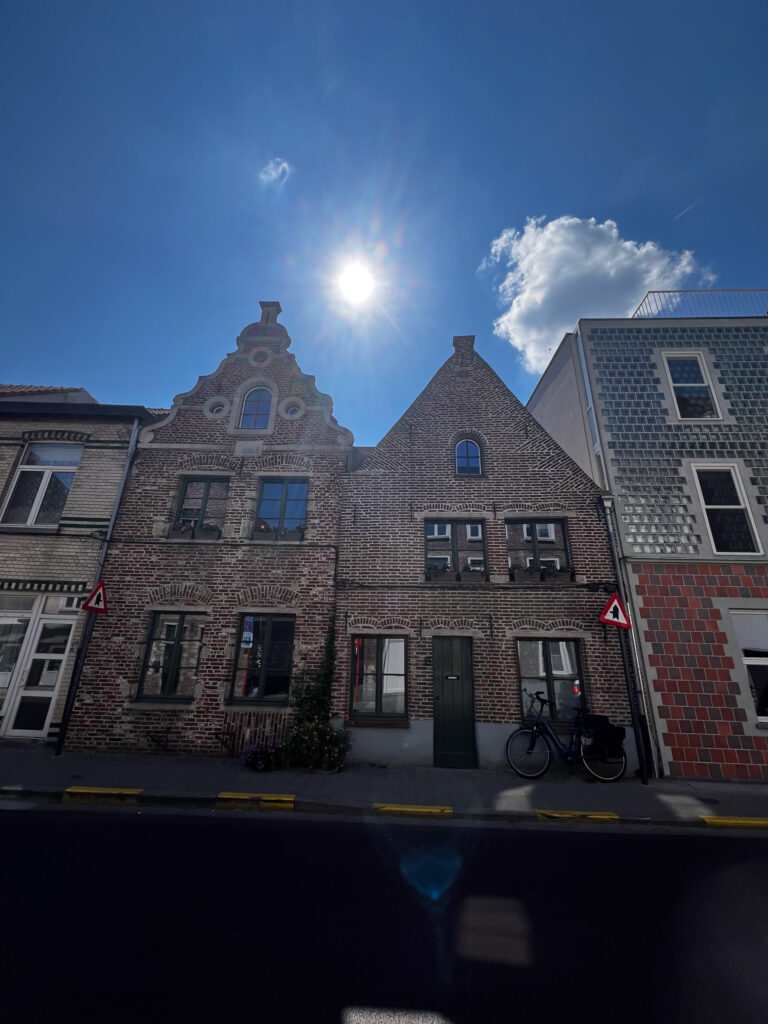
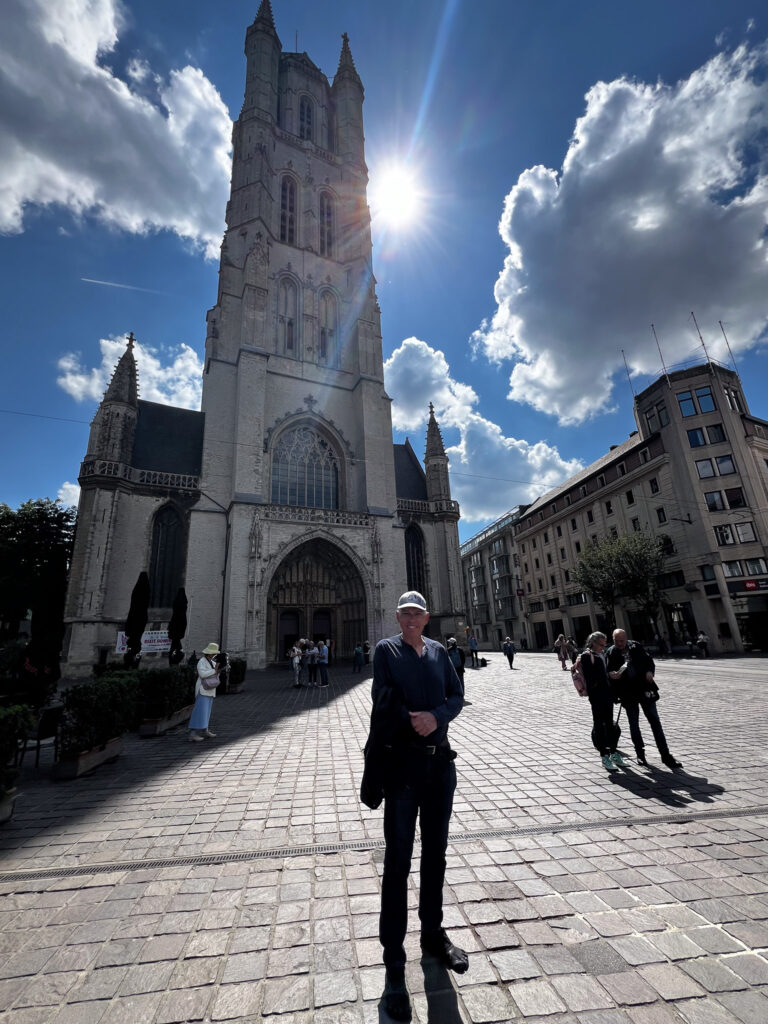
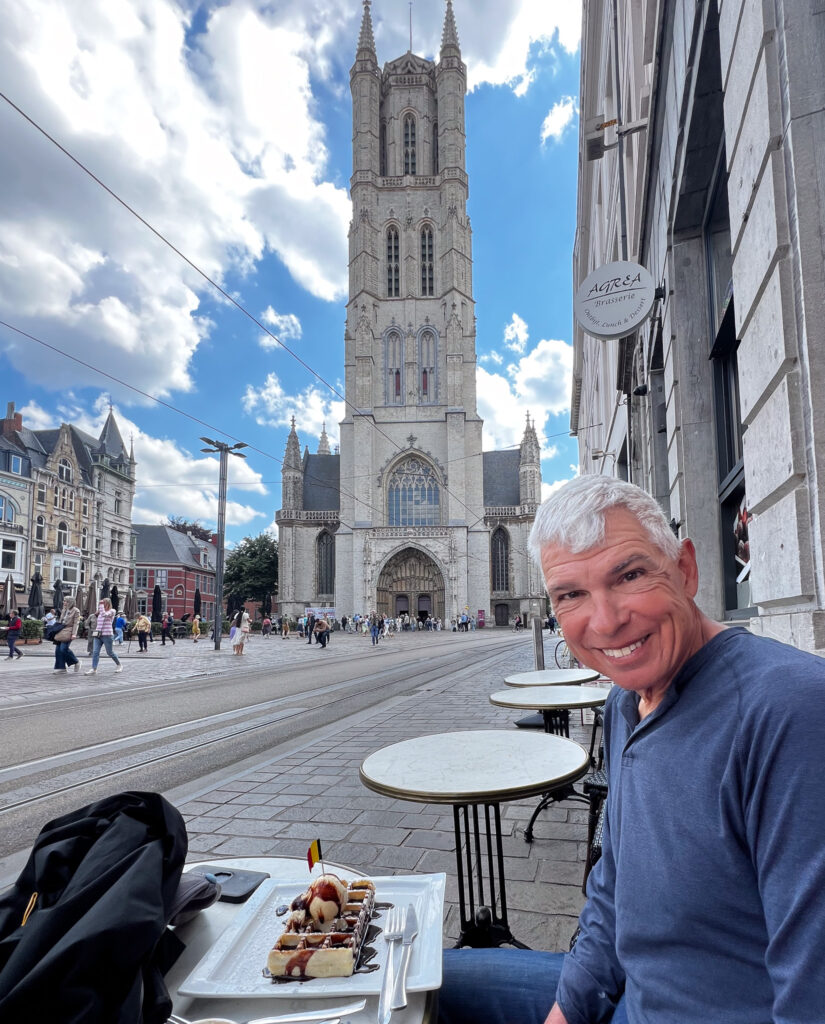
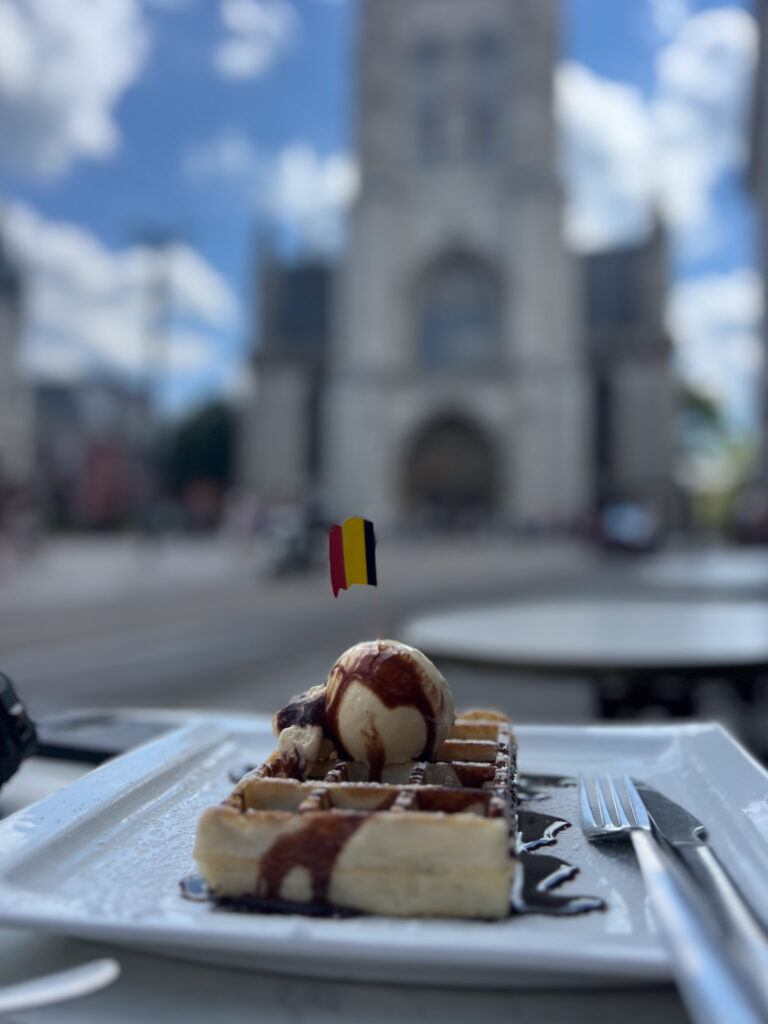

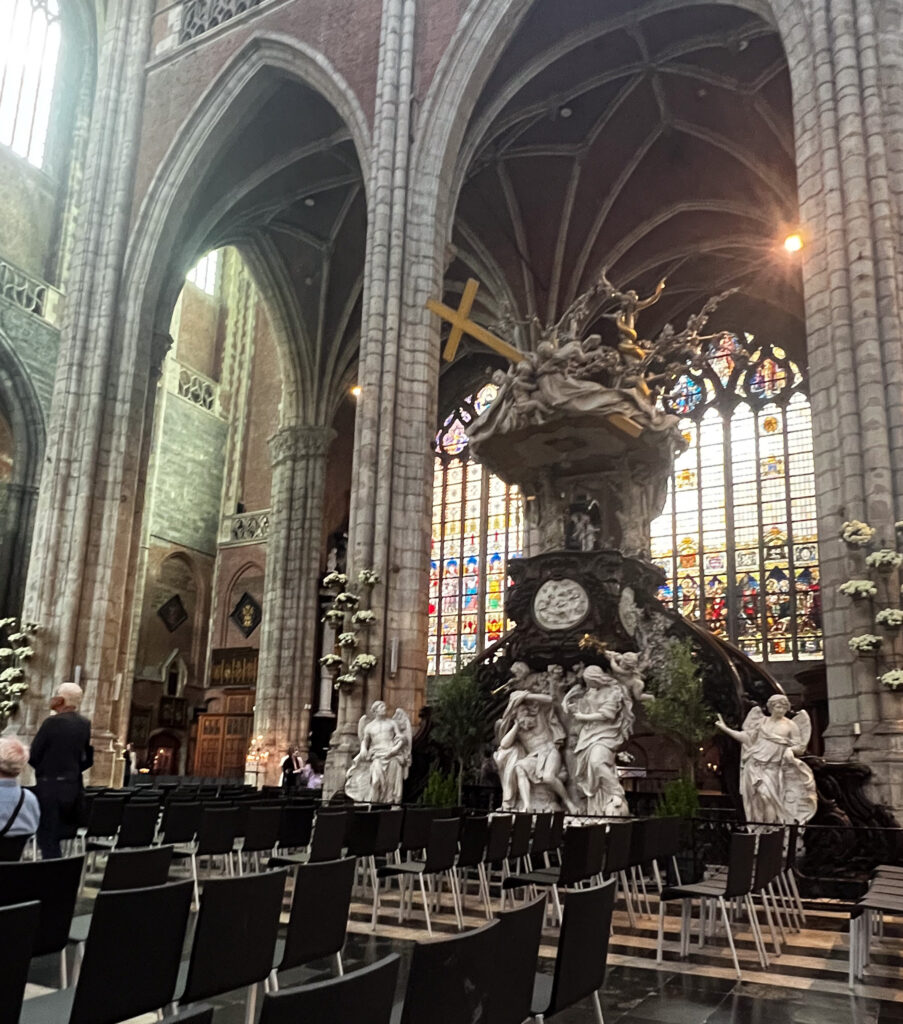
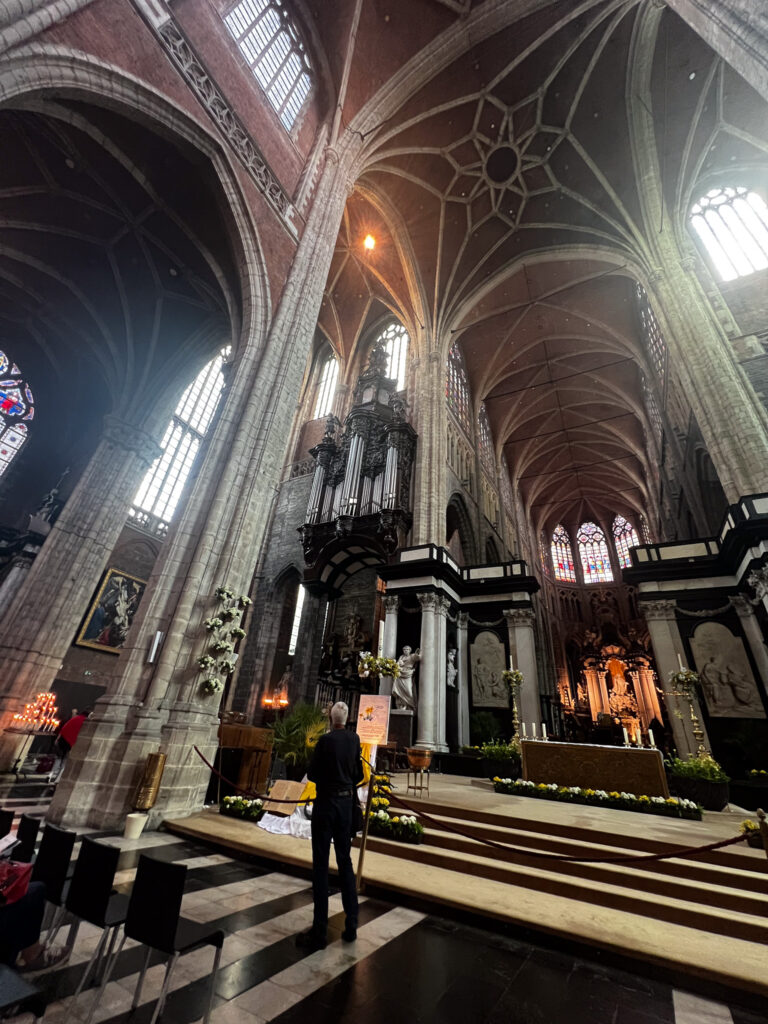


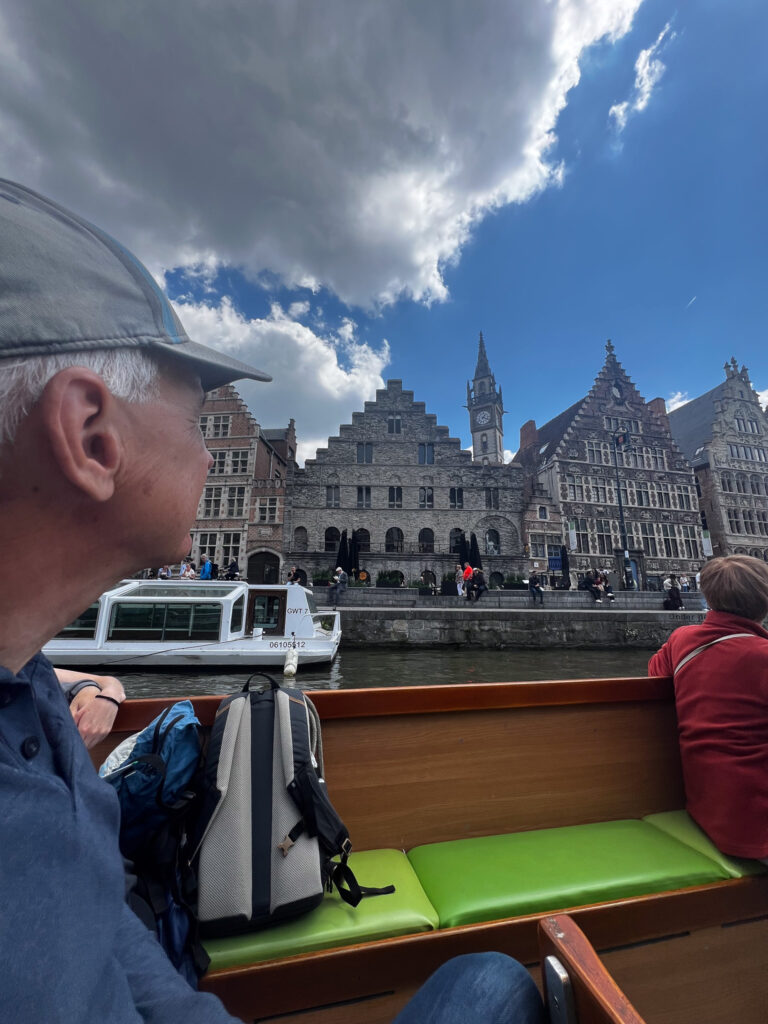
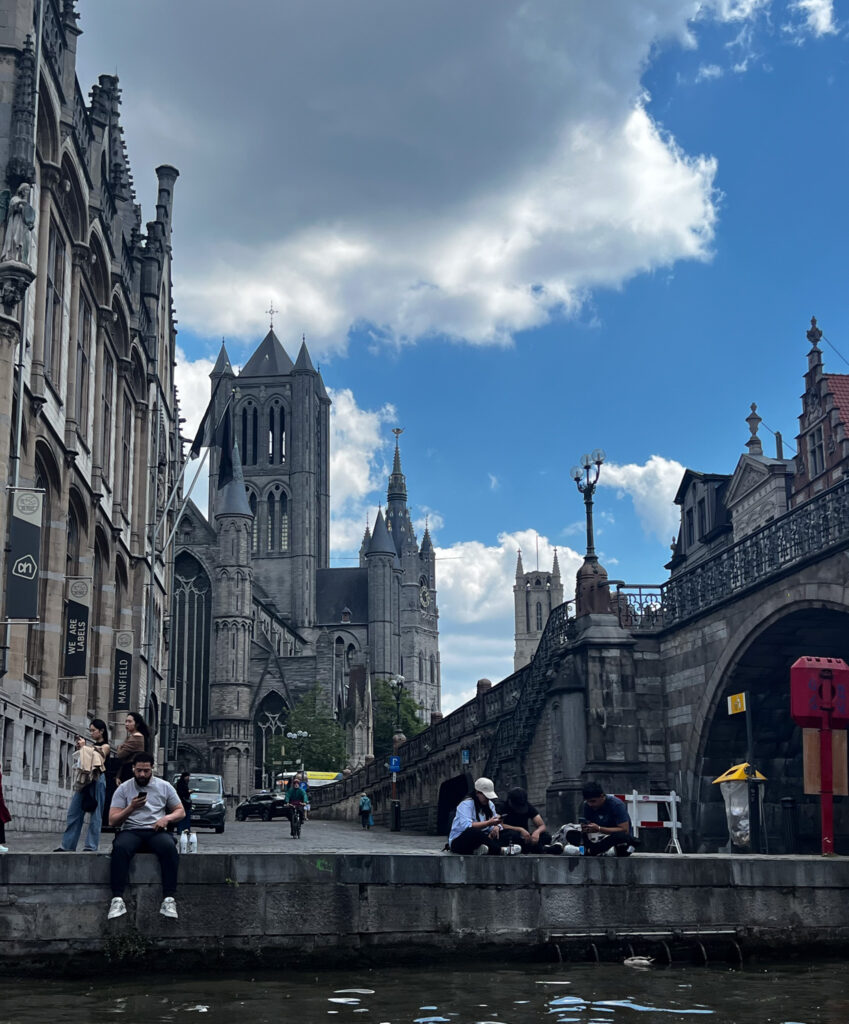
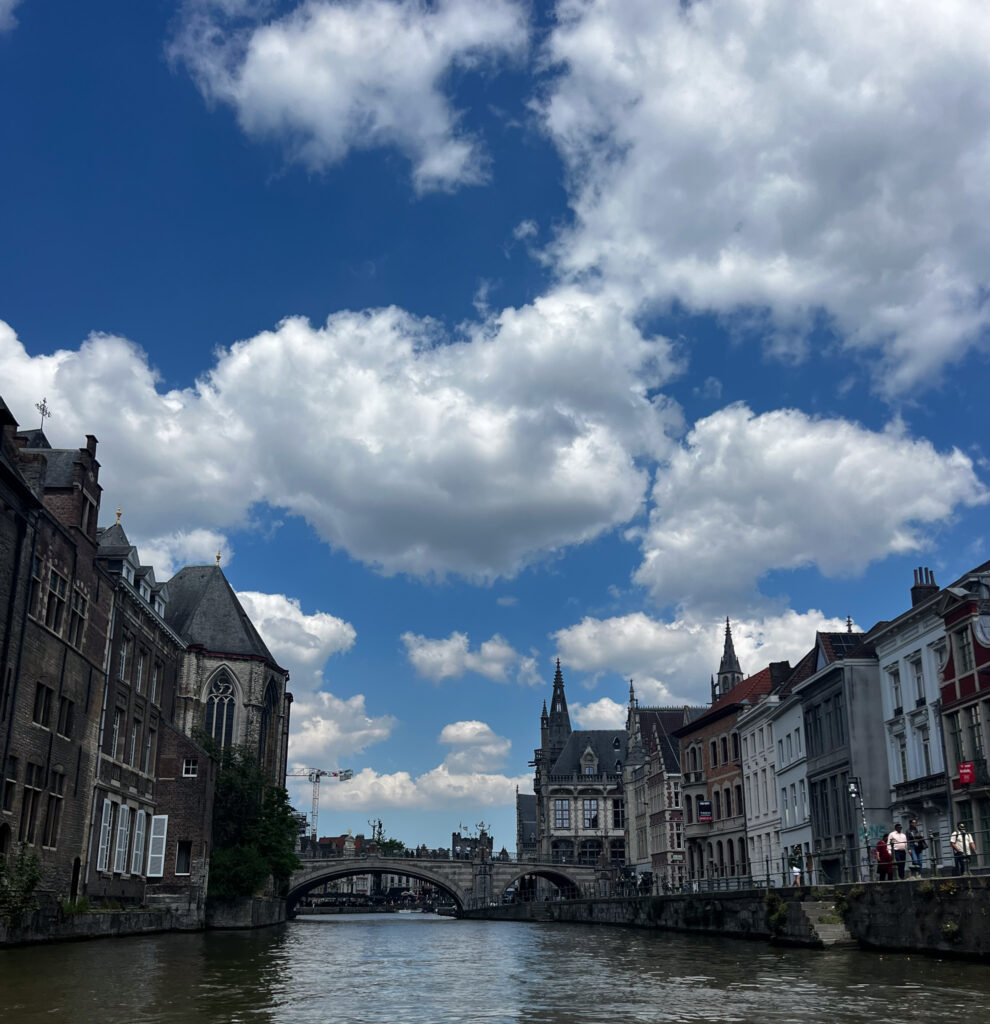
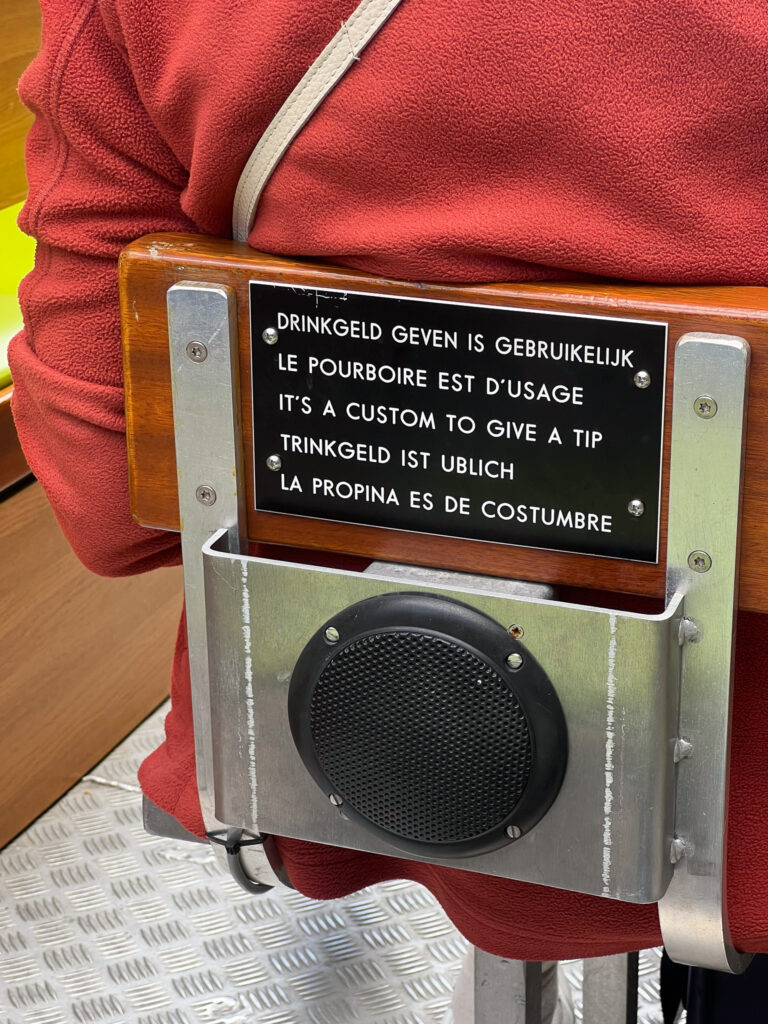


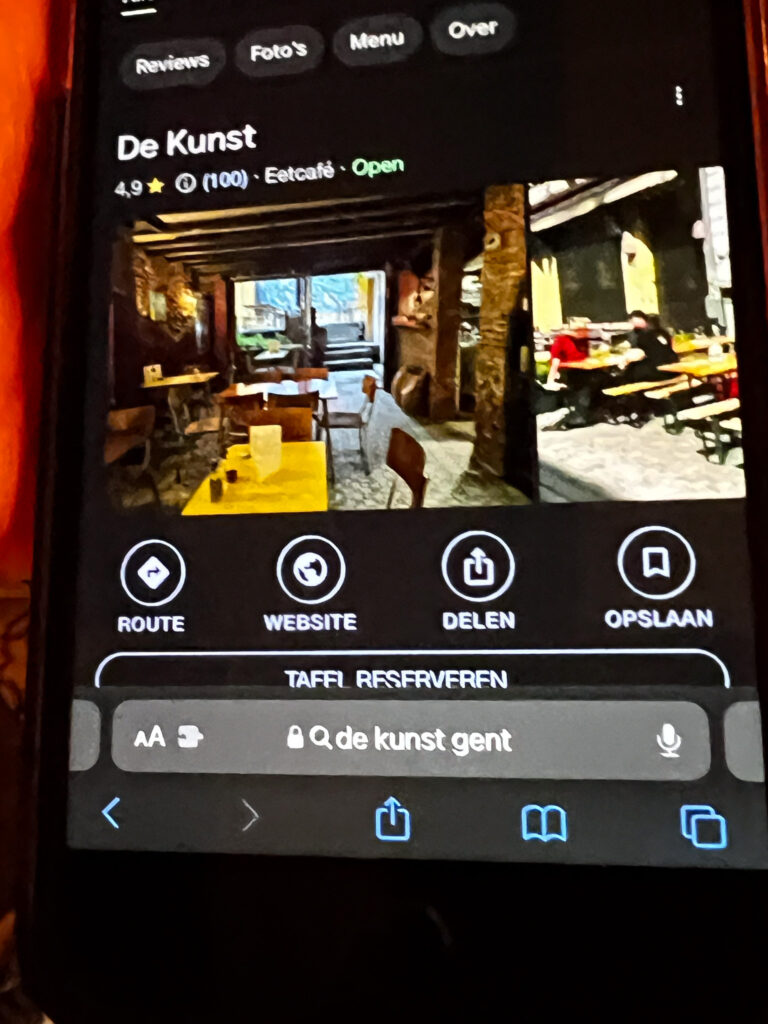
Sounds like a great day. Sorry you missed Bruges. One of my favourite places in Belgium. Perhaps you’ve been there before.
0
0
Thank you Diane. I was in Bruges in 1996 with son Rob. It was very beautiful but absolutely packed with tourists. It was a bit out of the way for our cycling route, but we intended to get there on a day excursion by train from Ghent. It just didn’t work out. Ghent is fantastic though.
0
0
John, Patti I love your description and historical insights. It’s a pleasure to read your chronicles. If you’re in Antwerp do ask about the “river rabbit stew”. Aside from confirming its availability do ensure you know what it is prior to sampling it.
0
0